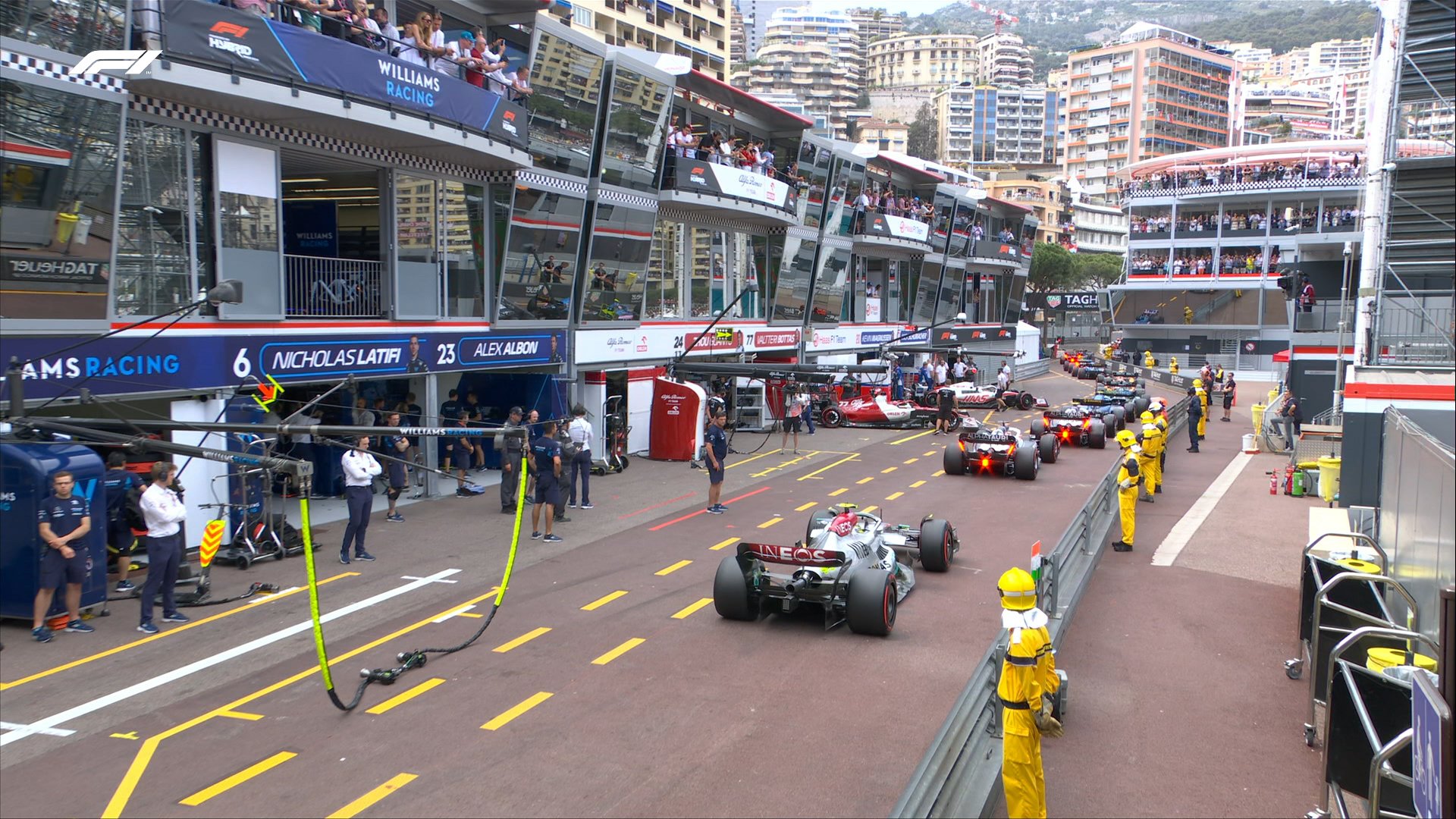Formula 1
Understanding Yellow Flags Strategy and Safety Car Deployments
To appreciate the benefits of pitting under yellow flags, it’s essential to understand the concept of yellow flags and safety car deployments in Formula 1.
Yellow Flags
Yellow flags are waved by race marshals to signal that there is a hazard on the track, such as debris, a stalled car, or an accident. Drivers must slow down, refrain from overtaking, and be prepared to stop if necessary. There are three types of yellow flags:
- Single yellow flag: Indicates a hazard on the track, and drivers should slow down.
- Double yellow flag: Signals a more severe hazard, requiring drivers to slow down significantly and be prepared to stop.
- Virtual Safety Car (VSC): Requires drivers to maintain a specific delta time and no overtaking is allowed.
Safety Car Deployments
When a serious incident occurs on the track, race control may deploy the safety car to lead the pack at a controlled speed, ensuring that drivers maintain a safe distance from the hazard. During a safety car period, drivers must follow the safety car, overtaking is not allowed, and teams may choose to pit their cars for a tire change, refuelling, or repairs.
The Benefits of Pitting Under Yellow Flags
Pitting under yellow flags can provide several advantages to teams and drivers, which may ultimately lead to winning a race.
Reduced Time Loss
During a regular pit stop, a car loses significant time compared to competitors who remain on track. However, when pitting under yellow flags, the time loss is minimised because all cars are required to slow down, and the pit lane speed limit remains the same. As a result, the pitting car loses less time relative to others, potentially gaining track positions once the green flag is waved again.
Improved Tire Performance
Changing to fresh tires during a pit stop under yellow flags allows drivers to benefit from improved grip and handling when the race resumes. This can lead to faster lap times and a competitive edge over other drivers who have not pitted and are still using worn tires.

Fuel Strategy Flexibility
When a car pits under yellow flags, it can refuel, potentially extending its range and allowing for greater flexibility in fuel strategy. Teams can opt for a longer stint with a heavier fuel load or a shorter stint with a lighter load, depending on their race strategy and car performance.

Opportunistic Repairs
Pitting under yellow flags provides an opportunity for teams to perform minor repairs or adjustments without losing significant time. For example, if a car has a damaged front wing or a loose part, the team can address the issue during the pit stop under yellow flags while minimising the time loss compared to making the repairs under green flag racing conditions.
The Risks and Drawbacks of Pitting Under Yellow Flags
/origin-imgresizer.eurosport.com/2011/05/25/725460-21272091-2560-1440.jpg)
While pitting under yellow flags can be beneficial, there are also risks and potential drawbacks associated with this strategy.
Unpredictable Duration of Yellow Flag Periods
One of the challenges of pitting under yellow flags is the unpredictable duration of the yellow flag period. If the safety car is withdrawn sooner than anticipated, a team may not have enough time to complete their pit stop, causing the driver to lose positions on track.
Pit Lane Congestion
During yellow flag periods, multiple teams may choose to pit their cars simultaneously, leading to congestion in the pit lane. This can result in delays or incidents, negatively impacting a team’s pit stop time and overall race strategy.

Unforeseen Complications
Pit stops, even under yellow flags, are not without risks. There is always the possibility of unforeseen complications, such as a slow tire change, equipment malfunction, or driver error, which can negate the potential advantages of pitting under yellow flags.
Conclusion: Maximising Opportunities and Mitigating Risks
Pitting under yellow flags can be a winning strategy in Formula 1 when executed correctly. It can provide teams with a competitive edge by reducing time loss, improving tire performance, allowing for flexible fuel strategies, and offering opportunities for opportunistic repairs. However, teams must also be aware of the risks and potential drawbacks associated with this tactic and carefully weigh their options to maximise opportunities and mitigate risks.
Ultimately, the decision to pit under yellow flags depends on various factors, including race conditions, car performance, and team strategy. By understanding the benefits and risks involved, teams can make informed decisions that can lead to race victories and championship success.



Pingback: Max Verstappen vs Lewis Hamilton: Who will win the Rivalry? - DieCast F1